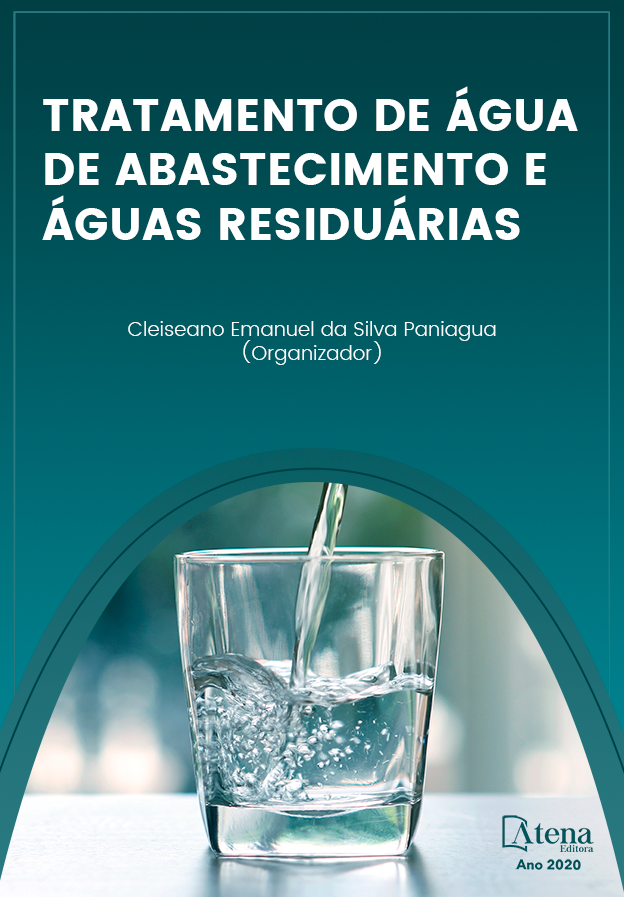
TRATAMENTO DE ÁGUAS NEGRAS PELO TANQUE DE EVAPOTRANSPIRAÇÃO
RESUMO: Neste trabalho, apresenta-se uma forma compensatória e viável economicamente para o tratamento ecológico de águas negras por meio do sistema do Tanque de Evapotranspiração (TEvap). Esse sistema está implementado no Espaço Infantil Igara na Vila de Alter do Chão, em Santarém/Pará. O sistema é uma tecnologia social que propõe o tratamento dos efluentes sanitários de forma eficaz, com menos prejuízos ao meio ambiente e demandando poucos recursos financeiros. A construção do sistema exigiu inicialmente colaboradores para escavação e, posteriormente, de pneus reciclados, entulho de construção, brita, areia, revestimento de ferro-cimento para impermeabilização do tanque e plantas para o completo ciclo de tratamento dos efluentes. Neste caso, utilizando como planta principal a bananeira. Após ser implantado, o TEvap realizou de forma eficiente sua função de tratamento do efluente e possibilitou a capacitação dos profissionais participantes para a ampliação dessa tecnologia social. Desse modo, concluindo-se que o sistema é economicamente viável, ecologicamente correto e culturalmente aceitável quando comparado a sistemas convencionais de tratamento do esgotamento sanitário em áreas periurbanas e rurais.
TRATAMENTO DE ÁGUAS NEGRAS PELO TANQUE DE EVAPOTRANSPIRAÇÃO
-
DOI: 10.22533/at.ed.3172025118
-
Palavras-chave: Educação ambiental, esgoto sanitário, fossa ecológica.
-
Keywords: Environmental education, sanitary sewage, ecological fosse.
-
Abstract:
ABSTRACT: In this work, it presents a compensatory and economically viable way for the ecological treatment of black waters through the Evapotranspiration Cistern system (TEvap). This system is implemented in the Espaço Infantil Igara in the village of Alter do Chão, in Santarém/Pará. The system is a social technology that proposes the treatment of sanitary effluents effectively with less damage to the environment and requiring little financial resources. The construction of the system initially required collaborators to excavation and later, recycled tires, construction rubble, gravel, sand, iron-cement coating for waterproofing of the cistern and plant for the complete effluent treatment cycle. In this case, using banana as the main plant. After being implanted, TEvap efficiently performed its effluent treatment function and enabled the training of participating professionals to expand this social technology. Thereby, concluding that the system is economically viable, ecologically correct and culturally acceptable when compared to conventional sewage treatment systems in peri-urban and rural areas.
-
Número de páginas: 10
- LÁISA COSTA SCHERER
- FRANCISCA DA SILVA SOUSA
- LUÍS ANTONIO FONSECA TEIXEIRA
- JHADME HENRIQUE GONÇALVES DOMINGUES


